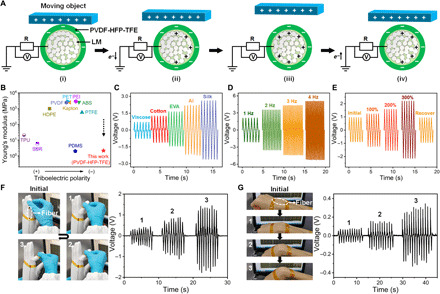Fig. 5. Application of the LM sheath-core microfibers/fabrics in self-powered sensors.

(A) Working mechanism of LM sheath-core microfiber-based self-powered sensor. (B) Comparison of the Young’s moduli and relative triboelectric polarities of common triboelectric materials. (C) Voltage signals generated by contacting LM microfiber with five different triboelectric materials at the motion frequency of 2 Hz. The length of the fiber is 4 cm. (D) Voltage signals under different frequencies generated by contacting the fiber with silk. (E) Voltage signals under different strain levels of the fiber at the motion frequency of 2 Hz. The length of the fiber is 1 cm. (F) Photos and corresponding voltage signals by bending the fiber sensor–embedded spandex glove worn on a prosthetic hand. (G) Photos and corresponding voltage signals of the fiber sensor adhered to a human wrist. Photo credit: Lijing Zheng, Donghua University.
